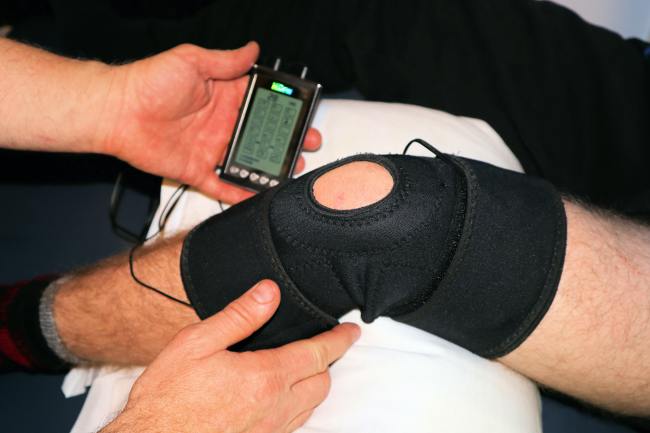
Behavior change. Healthcare companies are obsessed by it. Why? They know that successfully shifting patients towards healthier habits and practices—and sustaining these changes over time—can lead to highly profitable business models.
Unfortunately, what these organizations don’t realize is that behavior change must start at home. They themselves must alter the way they develop and launch products and services, if they are to succeed with the shifting demands of 21st century healthcare.
Healthcare isn’t what it used to be. The patient’s role in their health outcomes is increasing in focus. Payers are embracing programs where historically high-cost diseases such as diabetes are addressed via behavior change, e.g. in the areas of diet and/or exercise. Incentivized by dwindling pipelines and lost revenues, pharma companies are tackling medication adherence for their marketed therapeutics. Employers are introducing wellness programs to reduce exposure to rising premiums. Value-based care is rapidly becoming the new mantra and medical device companies are facing increasing levels of exposure to payment-for-outcomes not payment-for-technology.
What is needed now is for companies to recognize that changing behavior is far from easy, and plan for the fact that the product or service may not fully meet its intended outcome goals when first launched.
There’s a rush to embrace digital, wearables, and connectivity as a panacea for these health challenges. But for companies to deliver on better outcomes, patients are often required to change their behavior. And changing behavior is hard. A recent article in Nature’s new journal, Digital Medicine, found scant evidence for improvements in outcomes based on interventions using wearables, although “[those] based on health behavior models and personalized coaching were most successful.”
The old model of pharma and medical devices companies is to invest, often substantially, in the development of a drug or device product, get it through approvals, find a path to reimbursement, and then launch it as aggressively as possible into the market. Often there is a development roadmap for feature- or formulation-based enhancements to support the launch of future iterations. However, when your success depends on changing the behavior of patients, and when your business model is tied to the achievement of health outcomes, a new model is needed. Companies need to build a learning organization and change the way they manage their products and services in the market to allow for continuous improvement if they are to succeed.
At EPAM Continuum, we’ve seen how companies that embrace human-centered design can create offerings that better meet the needs of patients and fit more elegantly into the workflow of physicians. We welcome the increasing recognition of behavior science as a key discipline in the development of design-based interventions that improve health outcomes. What is needed now is for companies to recognize that changing behavior is far from easy, and plan for the fact that the product or service may not fully meet its intended outcome goals when first launched.
In addition to designing the product or service itself, companies need to invest in designing and deploying an effective approach to learning. Companies are correct to focus on those aspects that lead to behavior change and those that roll up into key performance indicators for the success of the overall program, but how do the two connect? And what should you improve if you don’t get the overall outcomes you need or desire?
Companies are correct to focus on those aspects that lead to behavior change and those that roll up into key performance indicators for the success of the overall program, but how do the two connect?
Consider diabetes management. In the new business environment, payment may be tightly tied to meeting HbA1c goals or targets for reductions in hospitalization for the patient population served. Perhaps you have invested in an ecosystem of devices, services, and digital experiences to deliver a comprehensive solution to people living with Type 2 diabetes. And you’ve used behavior science to target individual goals, barriers, and motivations to help patients gain tighter control of their glucose levels. But what if you aren’t meeting your goals or “KPIs”? Is it because you’ve missed the mark on your approach to behavior change or is it because of an issue with managing supplies or scripts? Perhaps your system requires too much attention. Or maybe enrollment of patients is problematic because you haven’t clearly articulated the value proposition in a meaningful way or just that the enrollment process sucks.
Building an effective approach to learning can allow you to identify the most impactful areas for further development post-launch. Such an approach should include:
• a clearly defined experience map that identifies the key patient touchpoints over the continuum of care
• a model and set of hypotheses for how each of these elements rolls up to the outcomes goals you seek
• a learning plan that includes both data elements and qualitative research that can help to identify both the “whats?” and the “whys?” and shine a light on where to focus your iterative development efforts
• a financial model that clearly illustrates how outcomes improvements relate to revenues to support a return on learning mindset
Of course, launching a new drug or Class III implant and then iterating it quickly in the market as you learn is not possible. The regulations are appropriately written to ensure safety above all else. But if the drug or implant is accompanied by a digital tool or wraparound service intended to improve associated outcomes, then there are likely important parts of the system that can and should be iterated. Smart system design, early on, will guide how to partition the system to create non-regulated or lightly regulated software or digital elements and can provide the foundation for continuous and impactful design iteration post-launch.
Many organizations are thinking beyond the device or pill—maybe even yours. But what are you doing about continuous learning and improvement? Has your organization changed its behavior? And if hasn’t, when will it?





